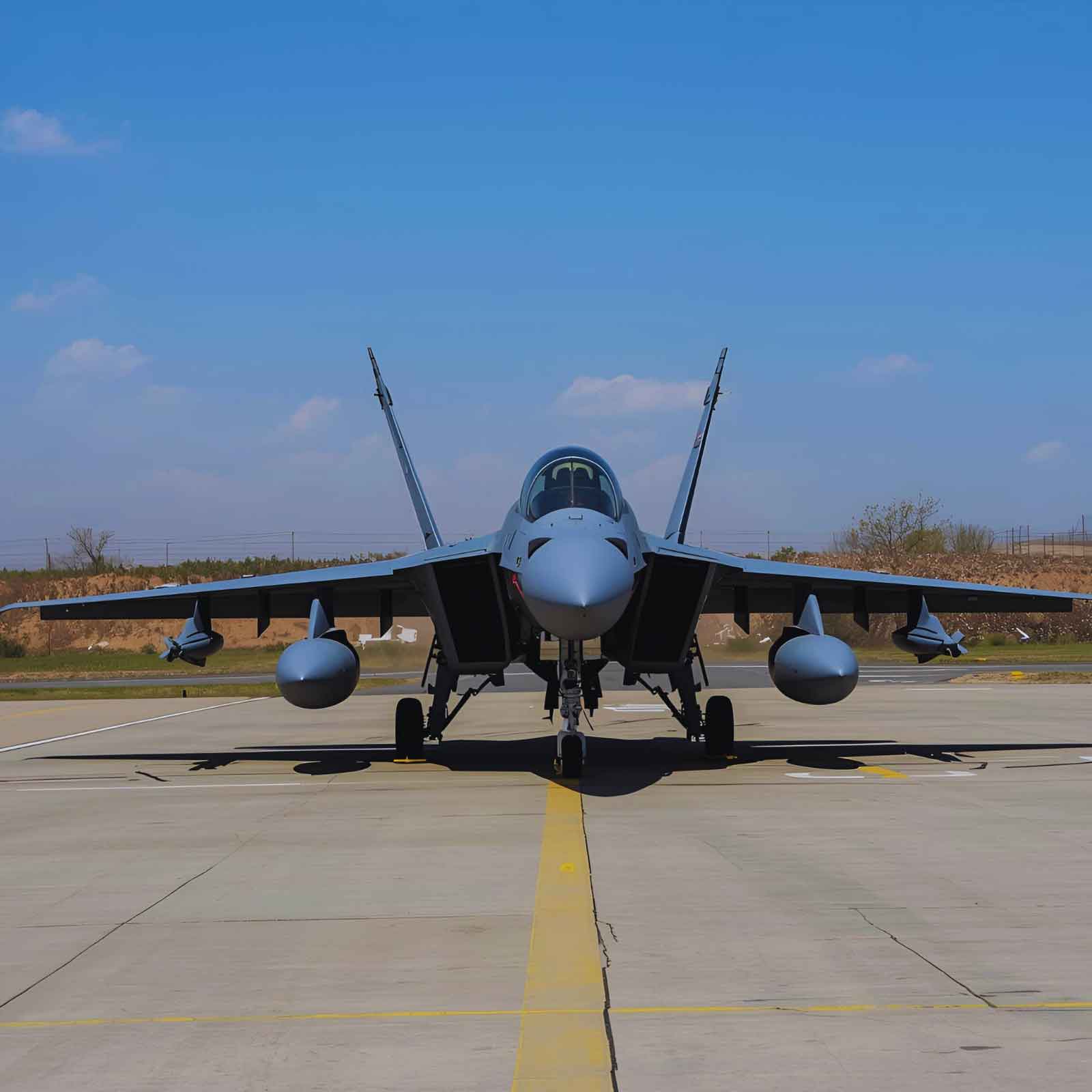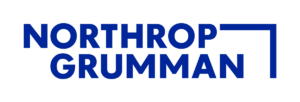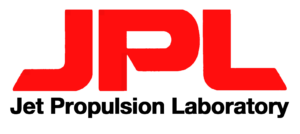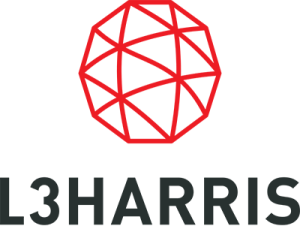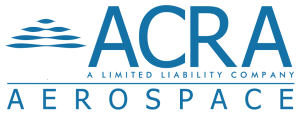How to Assess Leadership Readiness in Aerospace and Defense Candidates

A single mis-hire can stall flight tests, slip milestones, and invite audit findings. In programs where safety and security are non-negotiable, failure shows up as grounded assets, rework, and lost recompetes.
Resumes show where a leader has been. Readiness proves what they can deliver. Assessing leadership readiness in aerospace recruitment and defense executive search means demonstrating the ability to clear certification gates, lead sensitive work, and manage risk under relentless scrutiny. The right executive search services define measurable outcomes, test how each candidate will achieve them in your environment, and turn hiring into a defensible decision.
Establish Leadership Readiness Evaluation Criteria
Practical leadership evaluation moves beyond task lists to a readiness framework that predicts executive impact. Begin with a Performance-Based Position Profile that defines outcomes, outlines the methods for achieving them, and specifies how year-end success will be evaluated.
Calibrate with stakeholders to align on strategy, culture, and values. Use evidence from assessments and references to support a hiring decision that is documented and defensible.
Define Performance-Based Readiness Benchmarks
Use a Performance-Based Position Profile to convert strategy into measurable deliverables. Set 30, 60, 90, and 180-day objectives with clear owners and checkpoints. Tie each to P&L impact and the operating model, for example, margin lift through yield gains, mix optimization, or supplier resets.
Balance leading and lagging indicators and anchor them to real work. Leading can include pipeline coverage, engineering throughput, first-pass yield, supplier on-time delivery, and risk burndown.
Lagging indicators can consist of revenue growth, EBIT, COPQ reduction, DPMO, MTBF, and cash conversion. Validate behavior in high-consequence settings with scenario interviews, technical deep dives with artifacts, and structured references. Compare finalists using a weighted scorecard aligned to the profile.
Quick checklist:
- Time-bound outcomes with clear owners
- Leading and lagging metrics tied to value
- Verifiable artifacts that prove capability
- Weighted scorecards and structured references
Map Industry-Specific Readiness Requirements
Readiness varies by segment, so define what “ready” means in context and require proof. OEM and Prime Airframe leadership requires certification and airworthiness expertise, complex program integration, partner management, and industrialization at a rate with stable yield.
Subsystems and avionics require fluency with ARP4754A, ARP4761, DO-178C, DO-254, safety cases, redundancy strategies, and obsolescence roadmaps, along with documented test evidence.
Readiness varies by segment, so define what “ready” means in context and require proof:
- OEM and Prime Airframe: leadership across certification and airworthiness, complex program integration, partner management, and industrialization at a rate with stable yield
- Subsystems and Avionics: fluency with ARP4754A, ARP4761, DO-178C, DO-254, safety cases, redundancy strategies, and obsolescence road maps with documented test evidence
- Components and Materials: AS9100 and AS9145 APQP or PPAP discipline, Nadcap special processes, and proven cost, weight, and reliability trade studies delivered into production
- MRO and Logistics: FAA Part 145 performance, faster turnaround times, AOG responsiveness, reliability program improvements, and healthier inventory turns
- Defense, C4ISR, and Cyber: stewardship of classified work, export control compliance, facility clearances, DFARS and CMMC readiness, mission assurance through milestone and test gates
- Unmanned Systems: autonomy stack maturity, CONOPS clarity, ground control and datalink reliability, and an executable regulatory pathway
- Space and Launch: launch cadence and range readiness, mission assurance, fault management, radiation effects mitigation, and reliability growth with demonstrated learning cycles
Close the loop with cross-cutting proof: passed audits, customer scorecards, certification letters, test reports, and before-and-after business results.
Deploy Comprehensive Readiness Assessment Methods
Develop a comprehensive view of leadership readiness with a multi-modal, evidence-based approach that aligns with the executive search process timeline. Anchor every assessment to the Performance-Based Position Profile so that results, behaviors, and proof points align with the same objectives.
Combine behavioral evaluation, practical capability demonstrations, and validated instruments to predict on-the-job impact and support a clear, defensible hiring decision.
Multi-Modal Evaluation Techniques for Readiness
Start with structured behavioral interviews that mirror real decisions the role must make. Present scenarios pulled out of your environment, such as navigating certification gates, recovering a slipping program, resetting a supplier, or protecting export-controlled data.
Probe decision quality, risk appetite, communication under pressure, and the ability to align teams, then score against the Position Profile objectives. Layer in competency mapping and work samples to test how candidates execute.
Use case reviews of actual artifacts, for example, a program plan with CPI and SPI trends, a make-buy strategy with risk burndown, or a quality escape analysis with corrective actions. Situational judgment tests add data on prioritization and trade-offs when information is incomplete. Close with structured references that validate the exact deliverables you assessed during evaluation.
Key evaluation techniques:
- Executive scenario interview tied to role objectives
- Program or operations case review using real artifacts
- Technical or regulatory deep dive with evidence
- Structured 360-style references aligned to the scorecard
Psychological and Behavioral Readiness Testing
Use validated psychometrics to add rigor, not to replace judgment. Instruments that assess cognitive problem-solving, personality traits, motivation, and decision-making style can predict how leaders perform in high-consequence settings. In defense and space, tailor interpretation for sector realities, including classified work, security protocols, and mission assurance pressures.
Evaluate emotional intelligence and resilience for environments in which the stakes and scrutiny are high. Measure self-awareness, self-regulation, empathy, and influence, then look for proof in past crises, turnarounds, or audits. Assess adaptability by testing how candidates learn, pivot, and sustain standards during change, and document findings in a consolidated profile with risk flags and development needs.
Essential psychological readiness factors:
- Cognitive problem solving and learning agility
- Emotional intelligence across influence and trust building
- Motivation and values alignment with culture and mission
- Resilience under stress, recovery after setbacks
- Ethics, compliance, and judgment in regulated contexts
[ALSO READ: How to Fill Senior Aerospace Roles Without Compromising Compliance]
Apply Sector-Specific Readiness Evaluation Frameworks
Leadership readiness looks different across aerospace, defense, and space. Utilize a sector-tuned framework aligned with the Position Profile, ensuring that competencies, behaviors, and proof points accurately reflect the realities of certification, security, mission assurance, and industrialization. Executive search firms calibrate expectations by segment, then validate with artifacts and outcomes rather than claims.
Aerospace Leadership Readiness Indicators
Commercial aerospace readiness distinguishes itself through exceptional program lifecycle management and technical innovation within stringent safety frameworks. Look for leaders who have successfully navigated the complexities of global supply chain orchestration, particularly in managing multi-tier supplier networks across different regulatory jurisdictions.
- OEM and Prime Airframe: mastery of concurrent engineering processes where design, certification, and manufacturing readiness advance simultaneously, complex program integration across global supply chains, partner management across regulatory jurisdictions, and industrialization at rate with stable yield through advanced process control
- Subsystems and Avionics: fluency with ARP4754A, ARP4761, DO-178C, DO-254, safety cases, redundancy strategies, and obsolescence roadmaps, with documented test evidence showing technology maturation that advanced TRL/MRL levels while maintaining full compliance
- Components and Materials: AS9100 and AS9145 APQP or PPAP discipline, Nadcap special processes, and proven breakthrough cost-performance optimization with documented weight reductions while improving durability metrics delivered into production
- MRO and Logistics: FAA Part 145 performance, faster turnaround times, AOG responsiveness, reliability program improvements, and healthier inventory turns
- Unmanned Systems: scalable autonomy architectures with demonstrated ability to anticipate and influence evolving regulatory landscapes, CONOPS clarity that addresses operational scalability, ground control and datalink reliability, and executable regulatory pathway development
Defense Leadership Readiness Factors
Defense readiness is distinguished by the ability to deliver mission-critical capabilities while navigating complex security, acquisition, and oversight environments. Defense executive search firms seek candidates who have successfully led programs through the valley of death between R&D and production, with documented experience in transitioning laboratory breakthroughs into fieldable systems.
Defense readiness varies by mission area, so define what “ready” means in context and require proof:
- Defense Programs: expertise in managing the intersection of innovation velocity and security protocols, disciplined acquisition through Milestones A to C, EVMS control of CPI and SPI, and demonstrated ability to accelerate development without compromising classified information protection
- C4ISR and Cyber: leaders who have built resilient architectures that maintain performance under contested conditions, zero-trust roadmaps with rapid accreditation capabilities, and hardened systems that demonstrate adaptability to rapidly evolving threat landscapes while passing operational testing
- Space and Launch: proven ability to balance mission assurance with acceptable risk, launch cadence and range readiness optimization, fault management under contested conditions, radiation effects mitigation, and reliability growth with demonstrated learning cycles that translate to mission success
[ALSO READ: Executive Recruitment in a Fluctuating Defense Employment Market]
Interpret Assessment Results for Readiness
Converting comprehensive assessment data into actionable hiring decisions requires sophisticated interpretation frameworks that transform multiple data points into clear readiness ratings and risk assessments. Executive search services excelling in aerospace and defense placement develop systematic approaches to results interpretation, enabling confident hiring decisions while identifying potential development needs.
Readiness Scoring and Decision Frameworks
Converting assessment data into readiness ratings requires a weighted scoring system that accounts for the relative importance of different competencies and attributes within specific role contexts. This is achieved by assigning numerical values to various assessment components, creating composite scores that enable objective candidate comparison and ranking.
Risk assessment based on readiness gaps identifies potential areas of concern that could impact executive success, enabling proactive development planning and support strategies. Go/no-go readiness decision criteria establish clear thresholds that guide hiring recommendations, ensuring only candidates meeting minimum readiness standards advance through the selection process.
This approach considers both absolute performance levels and the relative strength of candidates. These criteria enable clear recommendations that balance ideal candidate profiles with market realities and organizational timelines, while incorporating timing considerations for critical hiring decisions.
Cultural Fit and Organizational Readiness
A cultural alignment assessment for long-term success evaluates candidates’ values, work styles, and interpersonal approaches against organizational culture profiles. Recognizing that technical competence alone cannot ensure executive success, this assessment examines communication preferences, decision-making styles, and leadership approaches that align with organizational norms.
Aviation recruiting specialists understand that cultural misalignment can undermine even the most competent executives. Organizational DNA matching with candidate readiness creates comprehensive fit profiles that predict how well candidates integrate into specific organizational contexts and contribute to cultural evolution.
This analysis considers both current cultural fit and candidates’ potential to drive positive cultural change. Strategic partnership considerations in readiness evaluation recognize that executive success depends on individual capabilities and executives’ ability to build relationships with key stakeholders.
Validate Leadership Readiness Through Implementation
Assessment only matters if it delivers on-the-job results. Convert readiness findings into an integration plan, track outcomes against the Position Profile, and utilize feedback loops to refine both the hiring process and the hiring model. This closes the gap between selection and sustained performance for aerospace recruitment and defense executive search placements.
Post-Assessment Integration and Strategic Support
We partner through onboarding to accelerate impact and reduce risk. Together, we build a 30-60-90 plan tied to the Position Profile, align stakeholders, and establish operating rhythms that surface wins and roadblocks early. Cultural intelligence and market updates keep the executive calibrated to how decisions are really made and in which direction the sector is heading.
Core supports include:
- Stakeholder map and communication plan
- Cultural brief with unwritten norms and decision paths
- Metrics dashboard tied to leading and lagging indicators
- Scheduled calibration check-ins and structured references at 90 days
This comprehensive approach ensures newly placed executives receive the guidance needed to navigate complex organizational dynamics while building influential relationships that accelerate their effectiveness.
Partner with BOB Search Today
Request a no-obligation Readiness Consultation from BOB Search and get a draft Performance-Based Position Profile, an outcome-weighted evaluation rubric, and a sector-tuned search plan for aerospace, defense, or space.
For a turnkey path, our Executive Advisory Program carries you through assessment, selection, and integration so your new leader delivers impact faster. Contact BOB Search today!
